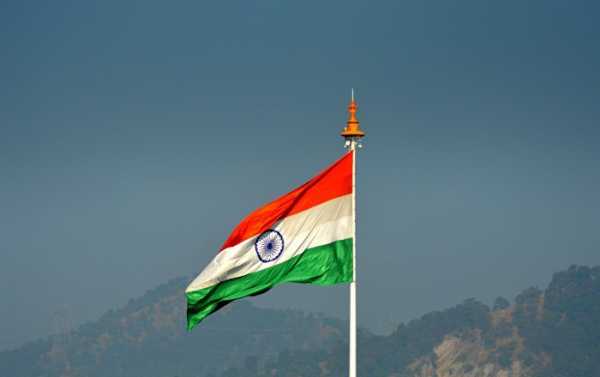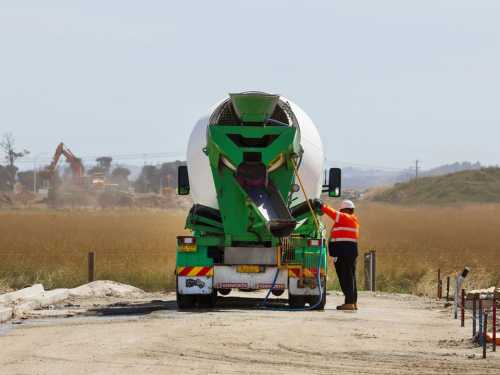
New Delhi (Sputnik): The Indian economy, which is currently battered from all sides, is unlikely to see any quick revival, believes the Indian finance ministry. All the recent macro-economic data reveal that the economic slowdown in India is only deepening by the day and there is no respite in sight.
“It is too early to say if the slowdown in the economy has bottomed out. Also, it is too early to say whether Asia’s third-largest economy would be able to stick to its fiscal deficit targets,” said a top source in the Indian finance ministry.
The statement came against the backdrop of subdued economic activity in July-September, which clearly indicated that the slowdown has actually intensified in comparison to last year.
The impact was seen on country’s growth numbers in the second quarter of 2019 and also other macro data. Domestic car sales fell by 37 percent in the third quarter year-on-year, indicating weakness in a sector which provides a considerable amount of employment. Additionally, Indian Railways’ passenger rail traffic witnessed negative growth (-2.1percent) in the third quarter.
Stirrings were also felt in the financial sector, where bank lending to industry grew only 2.7 percent year-on-year in the third quarter, compared with 6.5 percent in the prior quarter. Home sales also indicated a sizeable inventory in the economy; i.e. people are not purchasing homes as fast as builders are building them. The number of unsold homes in the country totals over 1.3 million according to Liases Foras, a real estate research firm, 7.2% higher than last year.
Factors behind Slowdown
The Indian macro-economic crisis began with the financial sector last year, and led to a liquidity crunch, thereby jeopardising investments. The other factor that led to the slowdown is a massive fall in consumption growth and the trade war inflicted upon India by the United States.
Most economists blamed demonetisation and indirect tax reforms (GST) for the liquidity crisis in India. These two developments have stopped the use of informal business funds, including trade credit, which Indian businessmen in the informal sector (which constitutes 90 percent of the economy) had been using to expand their businesses. Since this informal credit routes stopped, consumption witnessed a sharp fall and thereby impacted private investments.
Further, amid growing protectionism around the world and US attempt to balance the trade also made negative impact on India. The Trump administration withdrew incentives to $6.3 billion of Indian exports under the Generalised System of preferences programme from June this year. GSP withdrawal impacted sectors like chemicals, engineering goods, leather, and gems and jewellery which are employing millions of India’s labour force. Trade wars also disturbed the predictability around the globe and thereby companies are avoiding their investment plan in this unpredictable environment.
Booster Dose
The Indian government has taken a number of steps to revive the economy. One of the most significant measures has been the announcement of corporate tax cuts, apart from incentives to foreign institutional investors, to boost the housing sector.
India’s economy may be staring at its worst second-quarter GDP deceleration since the 2008-09 global financial slowdown, triggered by the Lehman crisis. India’s slowdown has been caused by a slump in its non-banking finance sector, led by the fall of IL&FS last year, which triggered a liquidity crisis, leaving the government unable to spend due to fiscal constraints, and the private sector unable to invest due to high lending costs as well as overall poor sentiment.
During the 2008 crisis, the Indian government stepped up with massive spending in the rural economy through various schemes including loan waivers of around $15 billion to farmers. These steps boosted consumption and revived the economy by as early as 2010. However, the rural economy- the backbone of India’s sustained growth for years, wasn’t able to withstand the shock it received in the form of demonetisation in 2016, when the government revoked 86 percent of large denominations currency notes to curb the black money. A media report citing government data claimed that consumer spending fell for the first time in more than four decades in 2017-18.
India’s gross domestic product (GDP) growth fell to a six-year-low of 5% in the second quarter compared with an impressive 8.2% in the same quarter of the previous financial year. The Indian index of industrial production (IIP), which gauges the health of factory output tanked in the months of August and September. IIP contracted 4.3% year-on-year in September, its lowest in almost eight years. The decline was steeper than the 1.4% dip in August of this year.
Road Ahead
The upcoming months are unlikely to bring any cheer, with India’s largest public sector lender, the State Bank of India, predicting below-5% GDP growth in the third quarter. Other institutions too have lowered Indian growth projections for the current financial year.
India’s central bank, the Reserve Bank of India (RBI) downgraded its Indian economic growth projection by the biggest cut in its forecast in at least five years to 6.1% this year. The International Monetary Fund, too has slashed its Indian economic growth forecast for 2019-20 to 6.1% from its July projection of 7%, citing a weaker-than-expected outlook for domestic demand.
Sourse: sputniknews.com






